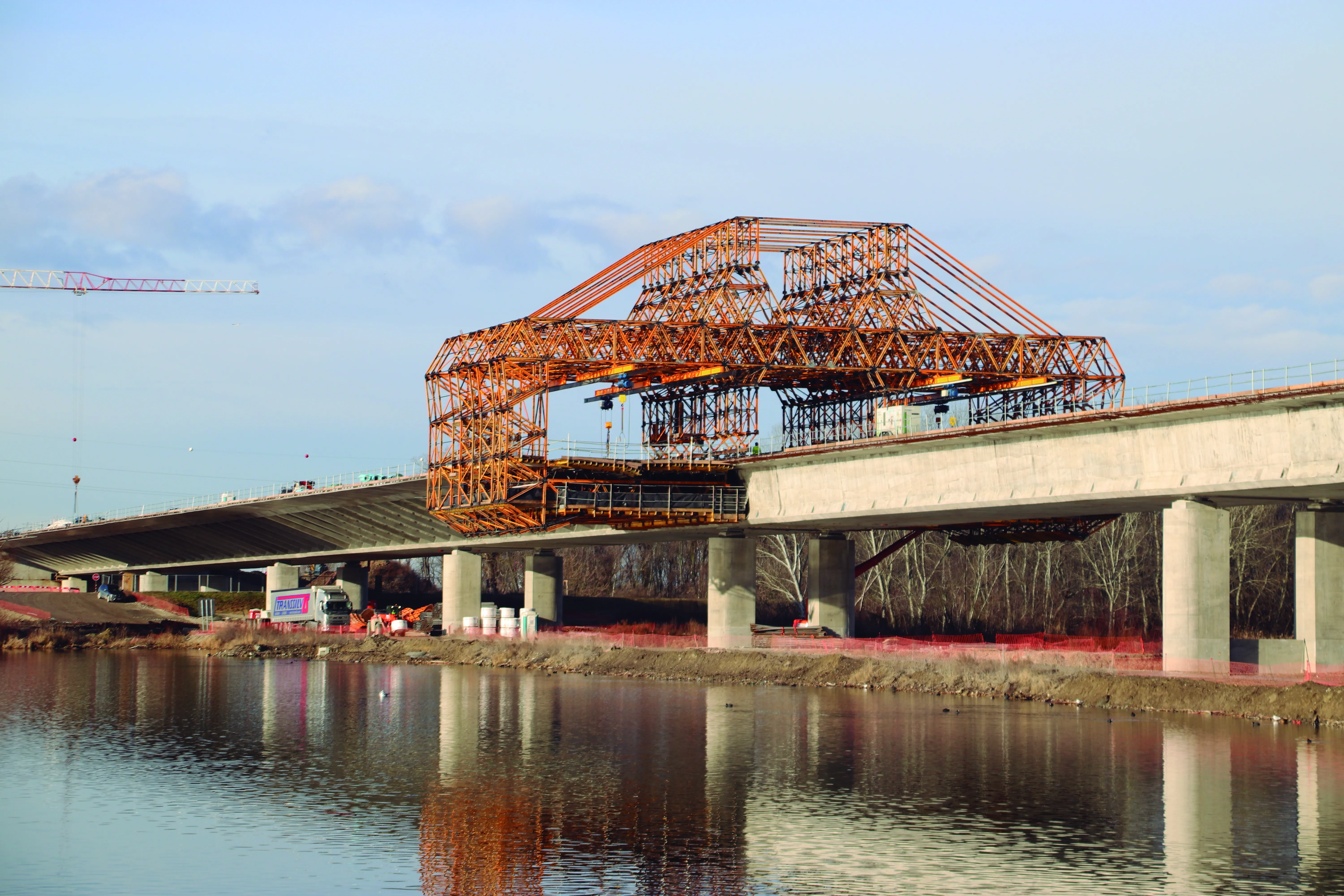A 213m section of the Old Milton-Madison Bridge was recently blasted into the Ohio River in the United States to make way for a new river crossing. Workers rigged the structure with small controlled explosives and took it down shortly after 9.15am on Sunday 28 July 2013. Small explosive charges were placed at key locations on the bridge. The charges were detonated at intervals to control the direction of the fall. Pieces of the truss will be retrieved from the river, placed on barges, and taken to the shore
July 30, 2013
Read time: 1 min
A 213m section of the Old Milton-Madison Bridge was recently blasted into the Ohio River in the United States to make way for a new river crossing.
Workers rigged the structure with small controlled explosives and took it down shortly after 9.15am on Sunday 28 July 2013.
Small explosive charges were placed at key locations on the bridge. The charges were detonated at intervals to control the direction of the fall.
Pieces of the truss will be retrieved from the river, placed on barges, and taken to the shore for further dismantling and eventually sold for scrap.
Divers are said to be on call to ensure all pieces are removed.
Click on the video link to watch the Old Milton-Madison Bridge blast
Workers rigged the structure with small controlled explosives and took it down shortly after 9.15am on Sunday 28 July 2013.
Small explosive charges were placed at key locations on the bridge. The charges were detonated at intervals to control the direction of the fall.
Pieces of the truss will be retrieved from the river, placed on barges, and taken to the shore for further dismantling and eventually sold for scrap.
Divers are said to be on call to ensure all pieces are removed.
Click on the video link to watch the Old Milton-Madison Bridge blast








